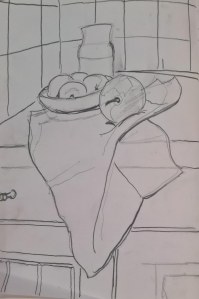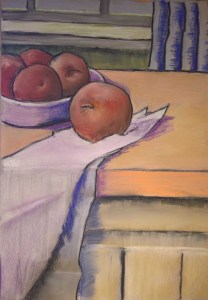Dear Cleo
It is two days since we met, I hope you have got over the cold you had and are ready to go back to school tomorrow.
I have been looking some more at the Clough Archive at the Tate website. Many of the pieces are reworked postcards on a postcard of Cloughs own work Small Stacks (1996). While I was in Florence the hotel I stayed in was quite arty, everything in Florence is quite arty, but the artwork in my room consisted of a Picasso advertisement for an exhibition, a Morandi print and a Lorella Ciampelli print. The reproductions of these at A1 and A3 left white space around the artwork, in the case of the Picasso exhibition advertisement the white space was used to give details of the exhibition but in the Morandi print and the Ciampelli print the space was left blank. It is the same compositional device that Clough used in her reworked postcards. The artist spends a great deal of time working out the composition of a painting and the printer then fits the square painting on to an oblong ground as he sees fit, totally altering the composition and dynamic of the piece. Both the Morelli and the Ciampelli appear to have a table cloth hanging down over the edge of the table that is catching the light and wiyh the Picasso the words fight with the image.

Figure 1 (17 03 27 01) Pictures in a hotel room 1 Digital photograph

Figure 2 (17 03 27 02) Pictures in a hotel room 2 Digital photograph

Figure 3 (17 03 27 03) Pictures in a hotel room 3 Digital photograph
Clough’s photographs in the archive were very insightful and seemed to group into two distinct periods, the fifties and sixties when she took black and white photographs of big important stuff like factories and industry and the eighties and nineties when she took coloured photographs of pretty patterns.
Florence is a very pretty city and well worthy of the 350 photographs I took while I was there, I won’t bore you with the whole set, but here are the photographs I took of pretty patterns.

Figure 4 (17 03 27 04) Pretty patterns Florence 1 Digital photograph

Figure 5 (17 03 27 05) Pretty patterns Florence 2 Digital photograph
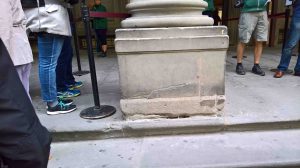
Figure 6 (17 03 27 06) Pretty patterns Florence 3 Digital photograph

Figure 7 (17 03 27 07) Pretty patterns Florence 4 Digital photograph

Figure 8 (17 03 27 08) Pretty patterns Florence 5 Digital photograph

Figure 9 (17 03 27 09) Pretty patterns Florence 6 Digital photograph

Figure 10 (17 03 27 10) Pretty patterns Florence 7 Digital photograph
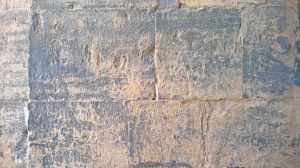
Figure 11 (17 03 27 11) Pretty patterns Florence 8 Digital photograph
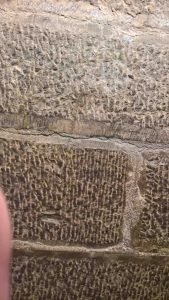
Figure 12 (17 03 27 12) Pretty patterns Florence 9 Digital photograph

Figure 13 (17 03 27 13) Pretty patterns Florence 10 Digital photograph

Figure 14 (17 03 27 14) Pretty patterns Florence 11 Digital photograph

Figure 15 (17 03 27 15) Pretty patterns Florence 12 Digital photograph
Clough was using photographs to inform her art in black and white, long before the advent of Photoshop, she would have had great fun with Photoshop but she is a great example to be totally aware of what is going on around you, particularly the mundane and obvious.
Have a good week at school; it’s the last week of term so you should be able to relax a bit.
Love
Mickos x



















